Trout flies
{{start}}
{{end}}
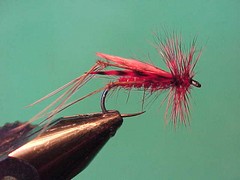
{{+1}}Claret daddy{{-1}}
{{start}}
This is a cross between an English claret hopper and a daddy long legs fly and it fills a gap in my fly box for a buggy looking search pattern when there are a few terrestrials about but no clear consistency of species. Because of its size and the way that it floats this fly is also useful as a top fly when either Loch Style Dry Fly fishing or as an indicator when fishing a team of dry smut flies or other small flies.{{end}}
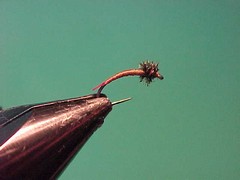
{{+1}}Mini pupa{{-1}}
{{start}}
When tiny pupa / nymphs are emerging they emerge in large numbers and fish often feed on them at the exclusion of all other offerings. The best technique is to cover rising fish. In this type of fishing casting speed and accuracy are as essential as an appropriate fly.{{end}}
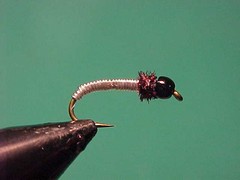
{{+1}}BH Brassie{{-1}}
{{start}}
The bead head version of the Brassie fly has been around for a long time and certainly has a place in ever river fly box. It's a handy fly to have on hand if you need a buggy looking fly that sinks like a brick or an anchor fly for a team of two or three flies. If this fly is a little heavy try the non bead head version QUICK LINK{{end}}
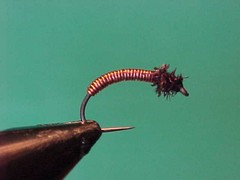
{{+1}}Brassie{{-1}}
{{start}}
The Brassie fly has been around for a long time and certainly has a place in ever river fly box. It's a handy fly to have on hand if you need a buggy looking fly that sinks quickly or an anchor fly for a team of two or three flies.{{end}}
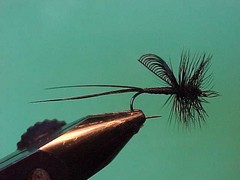
{{+1}}Wonder wing dun or spinner{{-1}}
{{start}}
The Wonder Winged Dun or Spinner is a generic representation for members of the “Leptophlebiidae” family of Mayflies and the various Highland Duns & Spinners, which are members of the “Oniscigastridae” family. Hatches generally occurs between the months of October and March.{{end}}
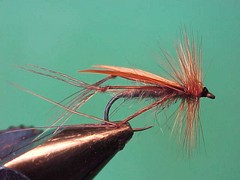
{{+1}}Crane fly{{-1}}
{{start}}
Crane flies are of the family Tipulidae and of the Order of Diptera or true flies and are the largest family of flies in Australia with some 800 species. An alternative name particularly in the United Kingdom is 'daddy long legs' but of course they should not be confused with the wispy spider often also referred to as a 'daddy long legs' in Australia.{{end}}
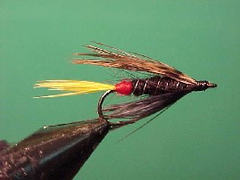
{{+1}}Connemara variant{{-1}}
{{start}}
It was the summer of 2000 that I first became involved on English style Loch Style fly fishing and slowly I accumulated an arsenal of techniques and flies. I really enjoy tying flies and so as I have seen various patterns I have tied them and tried them. Most have been discarded and just a few have won a place in my Loch Style fly box - this is one of them.{{end}}
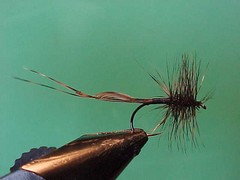
{{+1}}Wonder tail dun or spinner{{-1}}
{{start}}
The Wonder Tail Dun or Spinner is a generic representation for members of the “Leptophlebiidae” family of Mayflies and particularly useful for the various Highland Duns & Spinners, which are members of the “Oniscigastridae” genus. Hatches generally occurs between the months of October and March.{{end}}
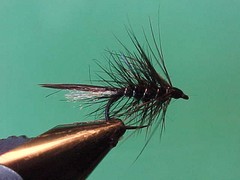
{{+1}}White arse black zulu{{-1}}
{{start}}
The Zulu tied with a black hackle body and a black tail has origins that go back to circa 1600 England. This fly deviates from the standard a little and has a white under-tail of antron tied in to represents a trailing shuck, seals fur dubbing and a soft hackle at the front so if it is used as a loch fly it has some movement and a couple of trigger points.{{end}}
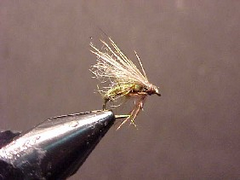
{{+1}}Sparkle caddis pupa{{-1}}
{{start}}
You can tell when trout are feeding on emerging caddis because you often see them porpoising out of the water in pursuit of the hatching insect. This sparkle caddis pupa is a good representation of that stage just before the insect sheds its shuck.{{end}}













